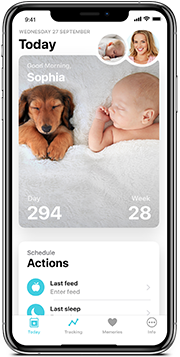We have updated the flow rate navigation for our Natural Response bottles and teats. Find out more
days
hours
minutes
seconds
We have updated the flow rate navigation for our Natural Response bottles and teats. Find out more










